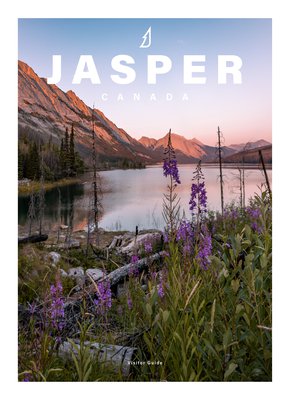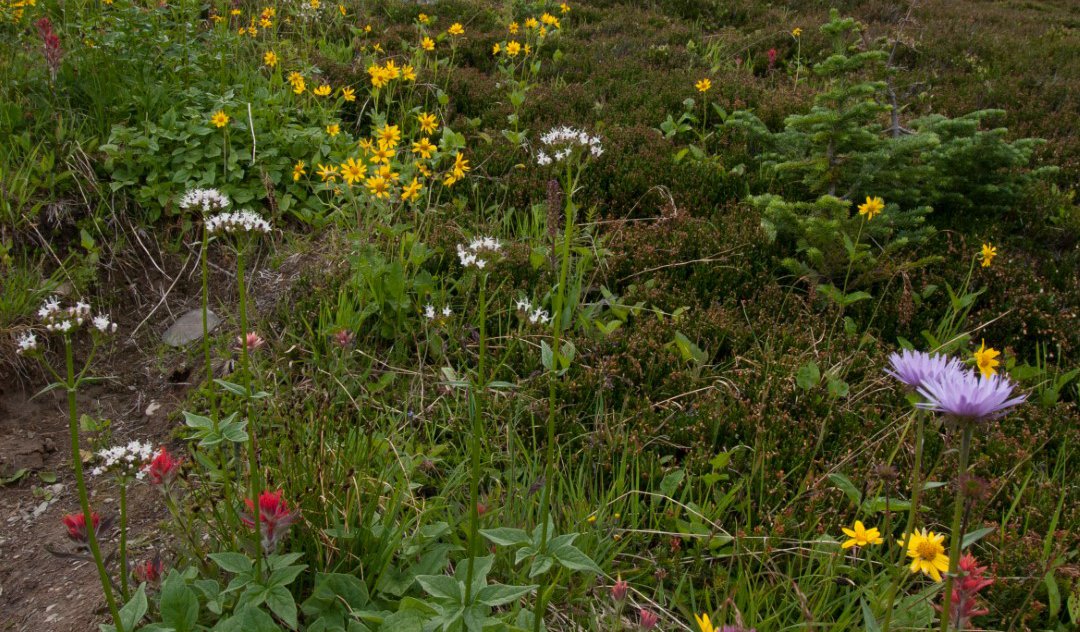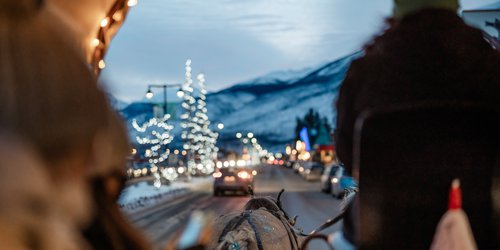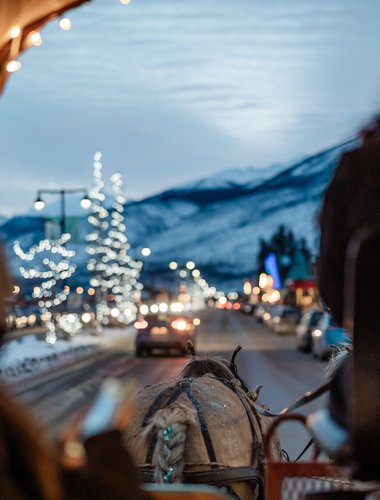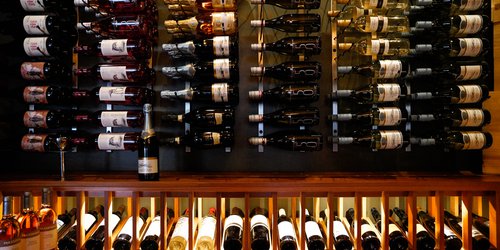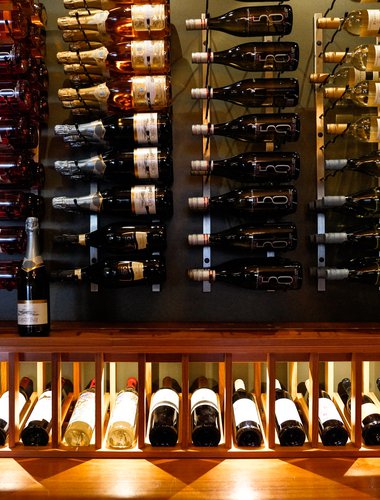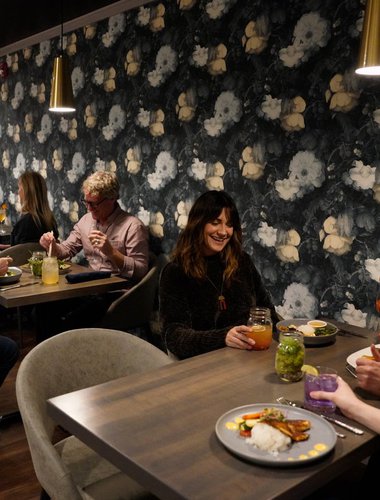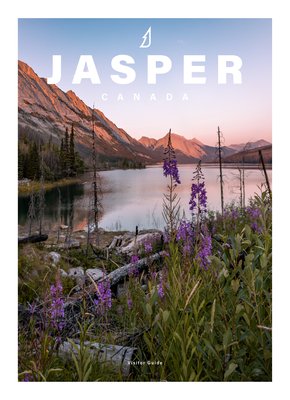From the grey peaks above to a sea of colour below, wildflowers add a certain magic to the mountains. And part of what makes the vibrant blooms accenting Jasper National Park special is that they only grace us with their beauty for a short amount of time before they’re gone.
Wildflowers also symbolize the renewal, resilience and regeneration of the natural landscape. Some of the small but mighty blossoms can take years to establish, and others thrive in a post-wildfire landscape, making them truly extraordinary to behold.
If you’re planning a trip to Jasper National Park this summer, here are some of the best ways to experience the otherworldly wildflowers in our mountain paradise.



The best time to see wildflowers in Jasper National Park
The magic of wildflowers is fleeting and complex — one little blossom is the result of a complex combination of factors, including elevation, temperature and climate, which changes season to season.
Mid-June: Expect flowers at lower elevations in the valley bottom to begin blooming.
Mid-July/early August: Find wildflowers in alpine meadows at higher elevations.
Note: While it might be tempting to have a Sound of Music moment and frolic in the wildflowers, it’s important to always stay on the trail and never pick or step on the vegetation. Some plants can take 10 years or more to establish and need all the help they can get.
Where are the best places to see wildflowers in Jasper?
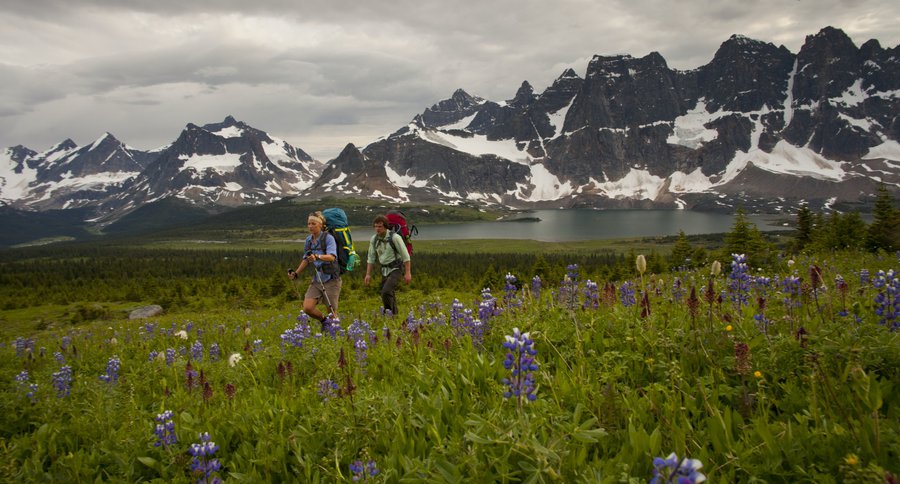
Every local will have their favourite spot to see the wildflowers in bloom. Here are some favourites:
The Flower Loop (late June): It’s right there in the name! The Flower Loop is a low-elevation hike not too far from the Jasper townsite with less than 100 metres of gain over a 2.5-kilometre path that borders the Athabasca River.
Lac Beauvert (Mid-July): An easily accessible lakeshore path with next to no elevation, Lac Beauvert is a stunning area that’s bursting with wildflowers, particularly since the 2024 wildfires.
Medicine Lake (Mid-July): Another trail with minimal elevation, this 4km, out-and-back route is bursting with wildflowers at the right time of year. Fun fact: Just like the blooms, Medicine Lake itself disappears in fall and winter! The water escapes through an underground cave system and reappears in the Maligne Canyon area.
Depending on the time of year, wildflowers will pop up everywhere you look, even roadside! Other flower-seeker favourite locations include: Wilcox Pass on the Icefields Parkway and overlooking Maligne Lake via the Opal Hills and Bald Hills hikes.
Types of wildflowers in the Canadian Rockies
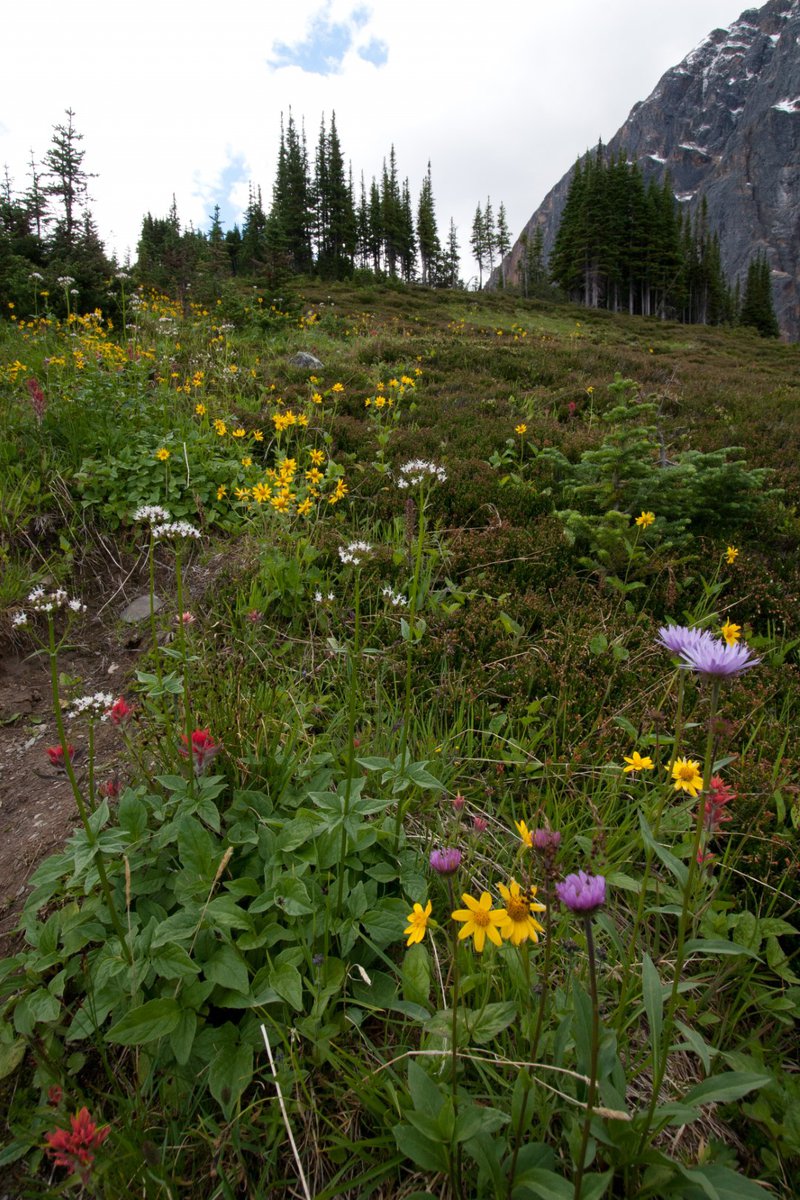
Part of what makes the wildflowers so spectacular is the variety of blooms to see in one place, teeming with bright yellows, purples, reds and more. Here are some of the wildflower species you can expect to see on your Jasper adventures:
- Calypso bulbosa
- Wood Lily
- Forget-me-not
- Red paintbrush
- Wild roses
- Shrubby cinquefoil
- Yarrow
- Wild lupines
How wildfires lead to wildflowers
If you’re planning a trip to Jasper National Park this summer, expect the wildflowers to put on a show due to the 2024 wildfire.
While it may seem counterintuitive, wildfires are a natural part of regeneration in rocky mountain ecosystems, which have evolved alongside fires. That means that some flora and fauna thrive in a post-wildfire landscape.
Some plant species, including fireweed, burst onto the scene the following season. Buffalo berries and huckleberries are also abundant after fires, giving the local bears extra food to fill up on.
Want to help protect the beautiful ecosystem that is Jasper National Park? Mix knowledge and adventure with the Jasper EcoQuest, an initiative designed to help Parks Canada protect Jasper from invasive plant species.



